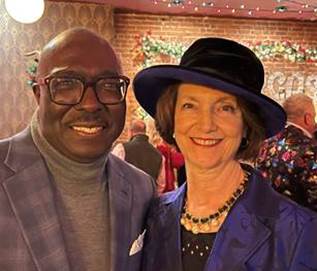Final Hot Stove of 2024. I’ve been busy, so won’t get down into the baseball weeds today. Instead, I’ll start with some personal stuff.
Today is a big day at our condo. It’s Rita’s 75th birthday. Her diamond jubilee. Happy birthday Rita!

But wait. Rita is younger than 75 under several protocols. Let’s review those scenarios.
1. She sure doesn’t look 75. Below, at last Sunday’s family multi-birthday celebration at son Brian’s home. Rita is posing with my great-granddaughter Jillian who just became a teenager. And yes, I mean the daughter of my granddaughter Carly. Rita is wearing the family birthday hat, an obligatory family tradition during the singing of “Happy Birthday.”

2. When I turned 75 (2016), Larry and Diana Brewer gave me a tee shirt that read “75 but only 23 in Celsius.” Today, I regifted that tee shirt to Rita, so she is now arguably 23.
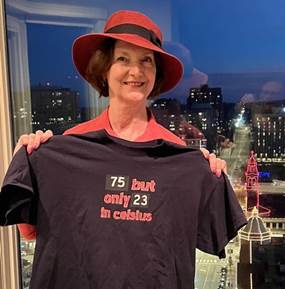
3. Rita has two of her own ideas about calculating age. She passes these along to her friends, but only if they work for the good. The first is that you are no older than the temperature high that day. This is very helpful for those with birthdays in the winter. According to today’s forecast, Rita will be 50. That’s in Fahrenheit of course. Only 10 in Celsius, but no mixing of protocols allowed.
4. Rita’s second approach. Reverse the numbers. Which makes her 57 today. Will not work when she turns 78 and 79.
5. Satchel Paige liked to keep his birthdate a mystery. He instead opted for a philosophical approach that went like this:

I asked Rita how old she is under Satchel’s test, and she says 55. Below, from 20 years ago (when she actually was 55) in her Vanilla Beane hat.
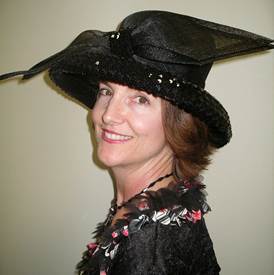
As for my take on Rita? Simple. She is ageless. Below, from a few months ago, same hat.
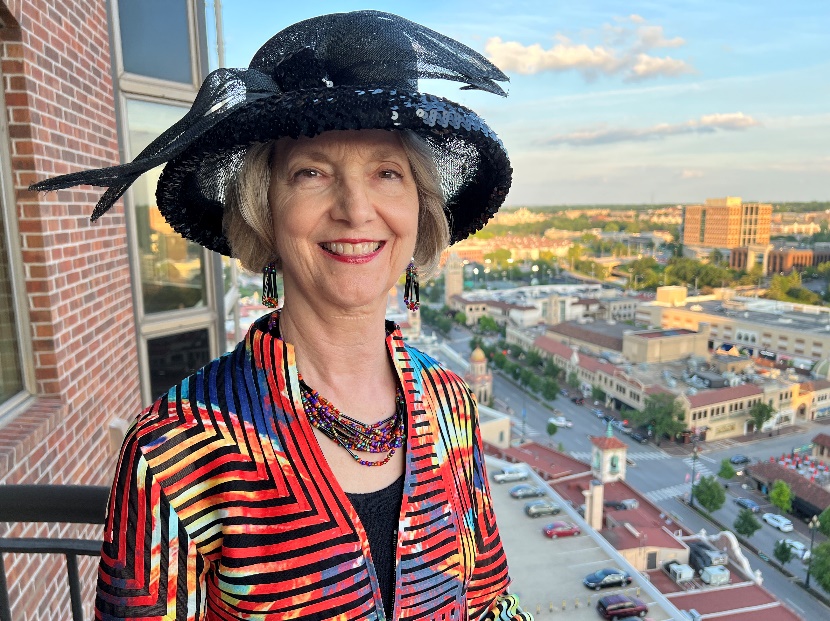
Moving on to Octogenarians and Nonagenarians: Two of my 8th grade friends turned 83 this month. Diana (Sullivan) Brewer and Jay DeSimone. During our 8th grade year of 1954-55 at Northeast Junior, they dated each other. In April of 1955, Jay and I cut school to see the first A’s game in Kansas City. We attended about 20 games together that summer.
Diana and I lived in eastern Jackson County, and in the next school year, we attended the newly constructed Van Horn High School. Our friendship has been constant for the past 70 years. Jay lived in northeast Kansas City, so he continued his schooling at Northeast Senior, and Diana and I lost contact with him for the next 55 years.
In 2009, I reconnected with Jay. He came up with a great idea. Let’s go to a game again. We did, and it became an annual ritual. Below, at our 2024 game at the K. When Diana and Jay turned 83 over the last two weeks, another annual ritual was repeated. The three of us exchanged birthday greetings, a trio of 8th graders conversing 70 years later.

Continuing with the octogenarian crowd, check out the six vintage lawyers below. From the left, clockwise: Walter Simpson, Lee Major, Lonnie, Mike Maloney, Hollis Hanover and Jim Polsinelli. All except Mike were part of the UMKC law school class of 1967. Mike was a mentor to Hollis and me in our first jobs as lawyers at the Popham firm.
Our ages range from 81 to 86, and in August this year, our collective age reached 500 (260 Celsius). Ouch!
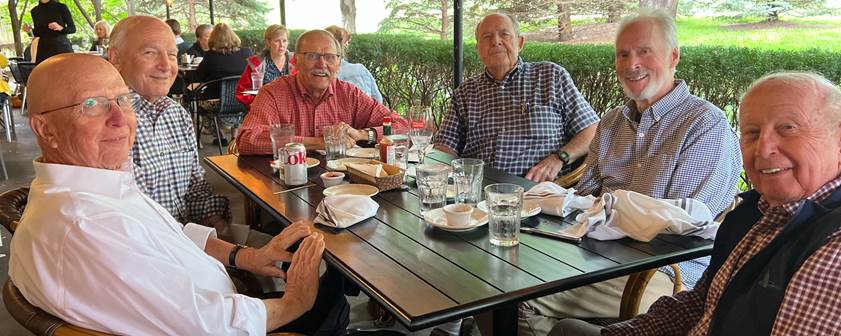
Moving on to nonagenarians, a special birthday to note is that of Kansas City’s preeminent mensch, Stan Bushman. Stan turned 96 last month.

Not that Stan is the oldest friend of Hot Stove. Check out Judge Howard Sachs who turned 99 in September. Below with Lonnie and Rita (photo by Adam Sachs).
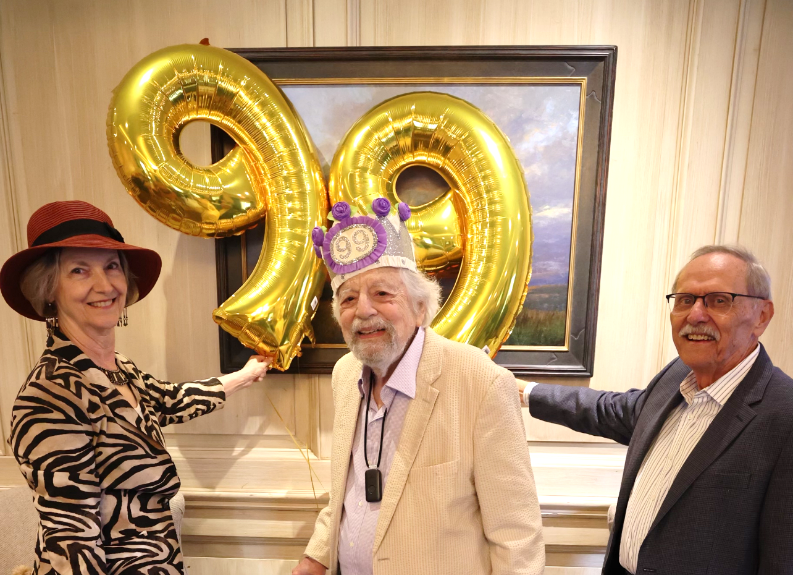
Tenth Year in the Weeds: The inaugural Hot Stove newsletter was posted on November 30, 2015. So, you original subscribers are entering your 10th year receiving these obscenely long posts (TL;DR).
Along for the ride has been Managing Editor Rita Leifhelm (my wife, who kindly did not make me change my name). She has caught (most of) my grammatical and spelling errors. Any mistakes in fact-checking are wholly mine.
As you know, Rita is also the one who determines if there should be a warning that I am getting deep into the weeds, especially in the world of advanced stats (Moneyball stuff). This happened in the last post about “Money, Money, Money,” and so a warning was given with this graphic I pulled from the internet:
![]()
Yes, I knew it said “WEED,”, not “WEEDS.” But I liked the graphic. I was of course called out on this by a marijuana aficionado (let’s call him John). I assured John that I knew how it might be taken but proceeded anyway. John was not too hard on me, possibly mellowed by a gummy.
I do not plan on getting into the weeds on MLB’s balk rule, but if I did, I think Rita would be like Claire in the cartoon below.
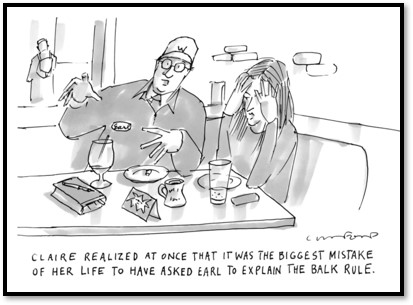
Four “Major” Pro Team Sports: This always gets me in trouble, especially with Leland, Jill and Richard. I have some info to share on the four “major” pro team sports, and of course soccer is missing. Yes, I know it is the most popular sport in the world, and Kansas City is well represented by Sporting KC and the Current. And for the record, I have watched more soccer than hockey this past year.
But the people who prepared the charts are old school, and I’ll just have to go along.
Sports Equinox Day: As October 28 approached this year, many articles were written about the “Sports Equinox,” a day when at least one game was played in all four major sports (i.e., NFL, MLB, NBA and NHL). This was the 31st time in history for such a day.
The first Sports Equinox was on Sunday, October 17, 1971. The World Series went seven games to overlap an NFL Sunday. The NBA and NHL had just started their seasons. The Pittsburgh Pirates, led by Roberto Clemente, beat the Baltimore Orioles in Game 7, and one of my favorite baseball photos was taken that day. The celebrating players in the photo are catcher Manny Sanguillen and pitcher Steve Blass.
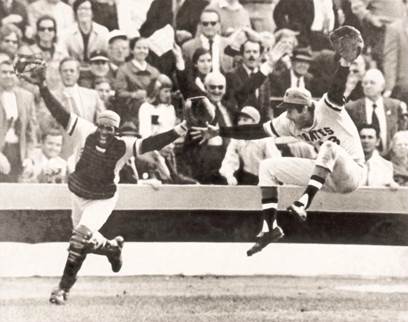
As seasons got longer for all four sports, especially with more playoffs in baseball, and the NFL adding Monday and Thursday games, the Sports Equinox became less rare. The 2024 lineup looked like this:
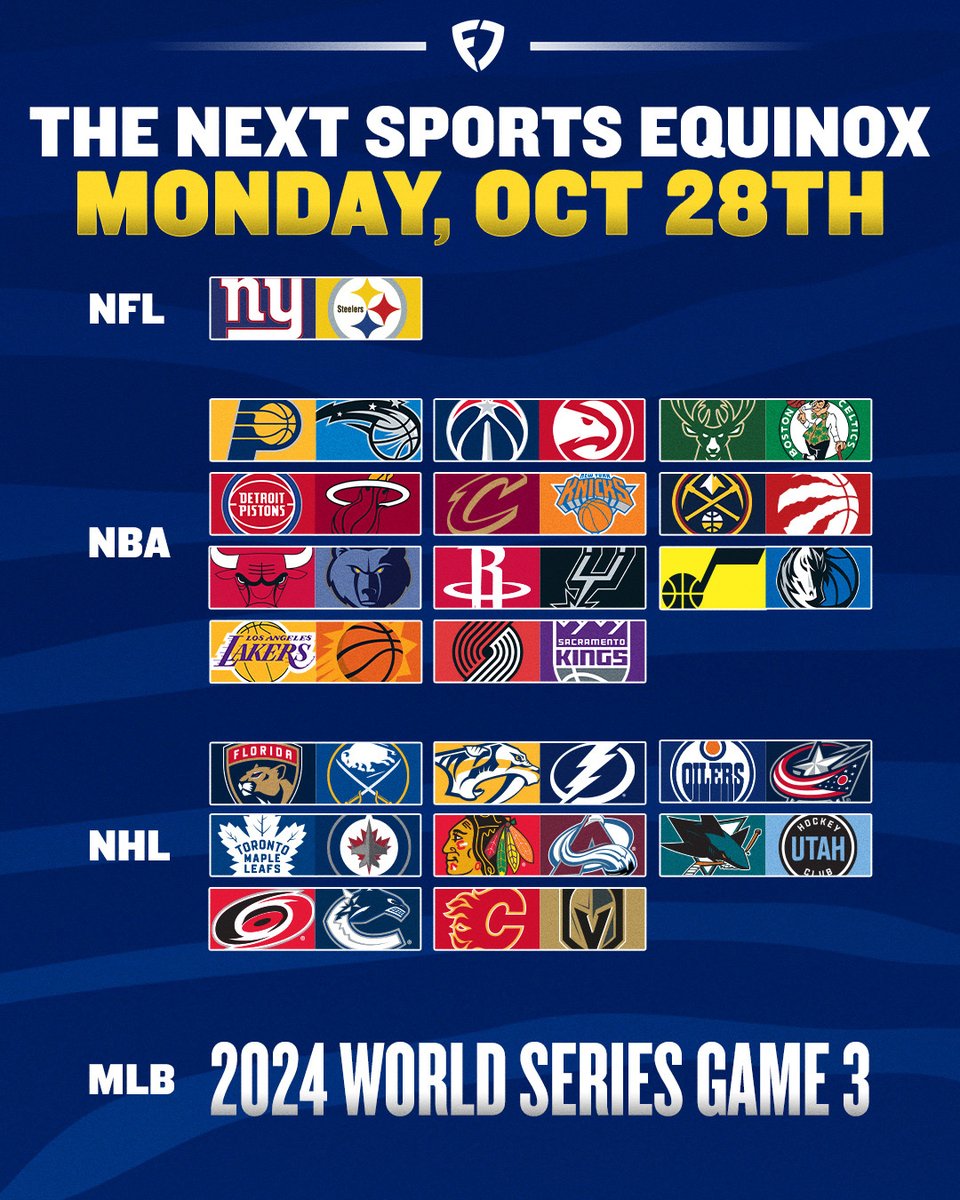
Head Coach Tenure: After a recent hockey coach firing, this chart was posted to reflect the average tenure of a head coach in pro sports.
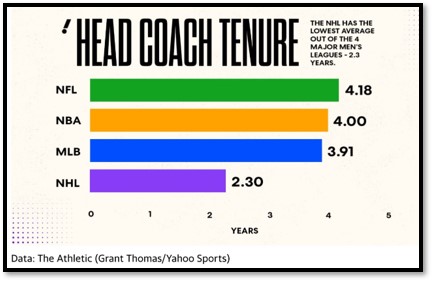
Not much job security for an NHL coach, which of course makes me think of Spinal Tap drummers. For the uninitiated, Spinal Tap is the rock band in the 1984 mockumentary/rockumentary This is Spinal Tap. The band went through a series of drummers who left the band for fatal reasons (see the 2-minute clip here). Luckily, the fate of short-term NHL coaches is less severe.
Joe Posnanski made a similar comparison in a recent post about the Chiefs going through a series of placekickers this season (three different kickers have won games with late field goals). Per Joe, “Chiefs kickers are like Spinal Tap drummers.”
I’m guessing a portion of Joe’s readers (and those of Hot Stove) are not aware of the Spinal Tap movie, nor the fate of the band’s drummers. But almost everyone is aware of the phrase “Turn it up to 11,” which originated in the movie. It’s commonly used to indicate taking something to an extreme degree. In the movie, it related to the band contending that they played louder than other bands because the top number on their amplifiers was 11 rather than the traditional 10 (1-minute clip here).

I have an answer, as a movie fan, to director Rob Reiner’s question above. If Spinal Tap had not gone to 11, we would have missed one of the all-time best movie scenes. And 40 years later, the phrase is still being used.
Money, Money, Money: As in most things, the NFL leads the pack. Yearly sponsorship revenue and top five sponsors for each sport (BrooksGate chart):

Sports Action: For the Sports Equinox this year, Riley Martin of “SportsBall” analyzed one game from each of the “Big Four.” He divided the viewing experience into four categories: (i) ball in play, (ii) ball not in play, (iii) commercial/interruption, and (iv) free throws (Basketball only). Martin explains his process in a cool 2-minute video (click here).
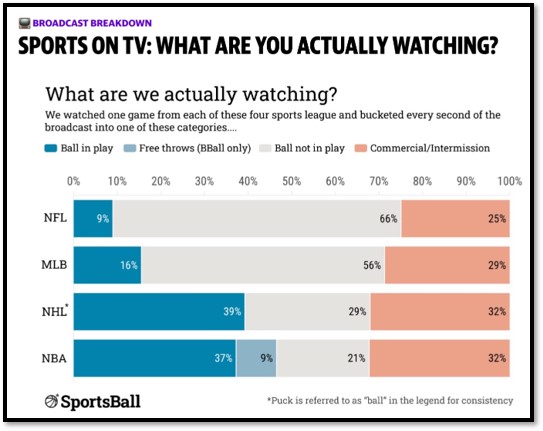
The NFL had the least action in terms of the ball in play. Assuming a three-hour game, the ball was in play about 16 minutes. In baseball, about 20 minutes. Those numbers are consistent with findings by the Wall Street Journal a few years ago that estimated 11 minutes for football action in a game and 18 minutes for baseball.
But it’s not as bad as it sounds. As Martin explains in his newsletter:
“Conceptually, baseball and football are what we’d call ‘distinct event sports.’ They’re marked by short, highlight-ready plays that can stand alone in the media…The average play only lasts around 5 seconds…but that’s not necessarily a drawback. Both sports are highly strategic and rely heavily on individual matchups, like the pitcher versus batter in baseball. This means the time between plays is where teams strategize, aiming to beat their opponents mentally. Hockey and basketball…follow a different rhythm…I like to think of these as ‘flow games’ where you need to watch for extended periods to fully experience the movement and rhythm of the game.”
Martin’s analysis did not include soccer where the ball is in play almost all the time. So now something…
For the Soccer Fans: Although most coverage for the Sports Equinox related to the traditional four major sports, some sportswriters noted that two MLS playoff games were played on October 28. This five-sport (male) version of the Equinox even got some graphics. You’re welcome Leland, Jill and Richard.
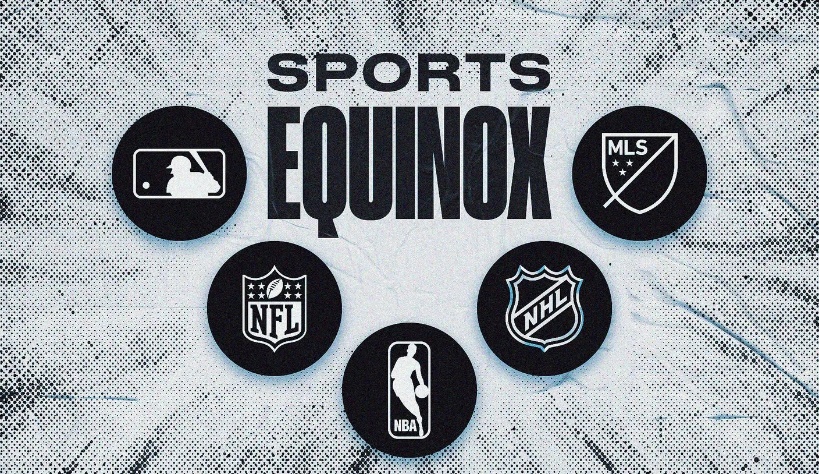
This also increased the New York participation to four teams: the Yankees in the World Series, the Knicks in the NBA, the NFL Giants on Monday Night Football, and New York City FC in the MLS playoffs.
All four New York teams lost, the first time a metro area has lost that many pro games on the same day.
Two Dynamic Duos: In the 1980s, two dynamic duos roared into the entrepreneurial world of Kansas City. I was lucky to call them friends and clients. In 1986, they appeared two months apart in cover stories about their businesses.
Ken Hill and Wayne Tenenbaum.
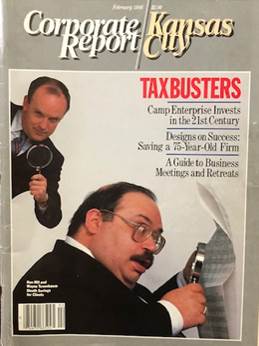
Mike Russell and Doc Worley.
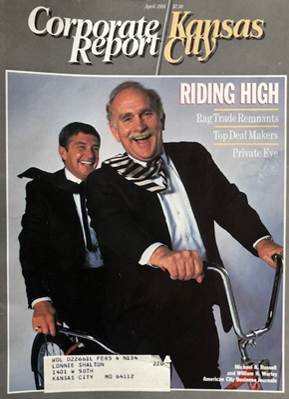
Last week, Doc Worley, the last survivor of the four, died. This prompted me to write a tribute to the four men, and it was emailed to those who I thought might have some connection or interest. I likely missed some folks, so have posted the tribute on my website at this link. Even if you did not know them, you might appreciate this slice of Kansas City history.
Lonnie’s Jukebox (1) – In Memoriam Edition: The first playlist today features artists who died in 2024. Their music lives on (click on the song titles to listen).
Abdul “Duke” Fakir (88): The last surviving member of the Four Tops. Their first #1 hit was “I Can’t Help Myself” (1966).
Dickie Betts (80): Long-time member of the Allman Brothers Band. He was the writer and vocalist on the band’s hit single “Ramblin’ Man” (1972).
Frankie Beverly (77): I was not familiar with this soul singer, but when I saw tweets after his death by Kiona Sinks and Mayor Quinton Lucas, I checked him out. Impressive R&B history. Kiona, the Director of Marketing & Community Engagement for the Negro Leagues Baseball Museum, says if she must pick one song (“among so many great ones”), it is “Joy and Pain” (1980).
Dave Loggins (76): His biggest hit was “Please Come to Boston” (1974). He was also a prolific songwriter for other artists, such as “Pieces of April” for Three Dog Night.
Duane Eddy (86): The man with the twangy guitar was a big favorite in my high school days. His band was called the Rebels, and his first big hit was “Rebel Rouser” (1958).
Clarence “Frogman” Henry (87): Another artist with a big hit in my high school days. “Ain’t Got No Home” (1957).
Maurice Williams (86): He wrote and sang (with the Zodiacs) the shortest record to ever hit #1 on the Billboard pop chart. “Stay” (1960). Only 97 seconds long.
JD Souther (78): His biggest solo hit was “You’re Only Lonely” (1979). His bigger contribution was writing hits for other artists such as the Eagles, including their first #1 hit, “Best of My Love” (1974).
Quincy Jones (91): It would take a series of Hot Stoves to scratch the surface of the contributions of Quincy Jones. He was a record producer, composer, arranger, conductor, trumpeter and bandleader. He started in jazz and became one of the biggest record producers of pop music. Jones worked with Frank Sinatra and Count Basie. He produced and conducted the charity song “We Are the World.” He scored movies (In the Heat of the Night, The Color Purple, etc.). The list goes on and on. A small sample of his work:
“Let the Good Times Roll” by Ray Charles (1959). When I started college in 1959, my new music hero was Ray Charles who had just released The Genius of Ray Charles. This song is the first cut on the album, and Quincy Jones was the conductor and arranger. He and Charles had met as teenagers, often collaborated in their music and were lifelong friends.
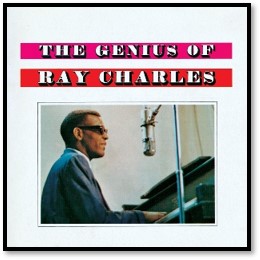
“It’s My Party” by Lesley Gore (1963). Producer Quincy Jones brought 200 demo tapes for Gore to review for potential recording. They agreed this one might be a hit. It went to #1. Quincy and Lesley also collaborated on “You Don’t Own Me,” a #2 hit that became a feminist anthem.
“Billy Jean” by Michael Jackson (1982). From the album Thriller, produced by Quincy Jones. I’ll provide one stat that says it all. Thriller is still the top-selling album of all time.
“Georgia on My Mind” by Quincy Jones (as conductor) with Alicia Keys and Jamie Foxx at the 2005 Grammy Awards. The ceremony that year was dedicated to Ray Charles who had died the previous year. Foxx played Ray Charles in the 2004 movie Ray. Don’t miss Quincy showing off his shirt at the end of the video.
Lonnie’s Jukebox (2) – Heart Like a Wheel Edition: I’ve gone past my “obscenely long” word count for Hot Stove, but I can’t stop because I must celebrate the 50th anniversary of Linda Ronstadt’s wonderful Heart Like a Wheel. So, I changed my Windows settings on my computer to Celsius and now have room to spare.
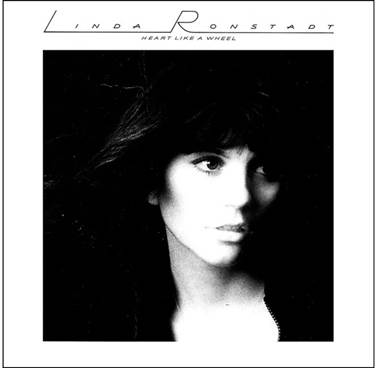
Linda, now 78, released the album in November of 1974. I still have the vinyl album and played it yesterday.
“Faithless Love” – Written by JD Souther (see In Memoriam section above).
“You’re No Good” – This single off the album went to #1.
“When Will I Be Loved” – A cover of the Everly Brothers hit from 1960. Linda’s version peaked at #2. Ronstadt was superb at covering vintage rock ‘n’ roll and making the songs her own. Two more examples…
“It Doesn’t Matter Anymore” – Paul Anka wrote this song for Buddy Holly, and Buddy’s version debuted on the charts soon after he died in the plane crash in 1959. Anka gave all his songwriting royalties for the song to Holly’s widow.
“I Can’t Help It If I’m Still in Love with You” – A cover of the Hank Williams 1951 classic. As Hank had done, Linda took it to #2 on the country chart. She also received a Grammy for Best Country Female Vocal Performance.
Thank you, Linda.
Walk-Off Photo: Last night, Rita and I were at Tom’s Town for the annual holiday party of the Monarchs Club, the booster organization for the Negro Leagues Baseball Museum. Below, museum president Bob Kendrick and the birthday girl.
